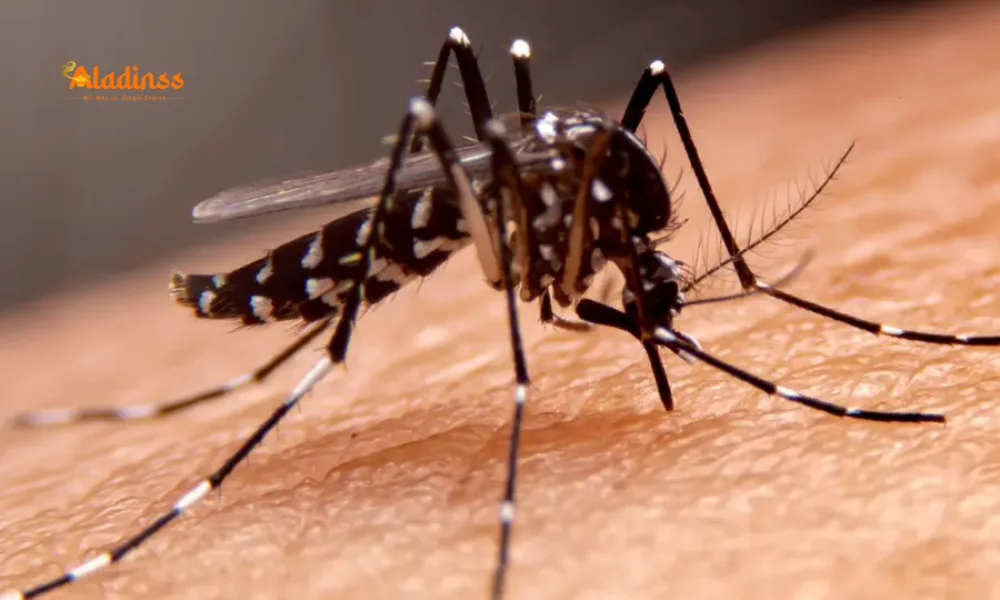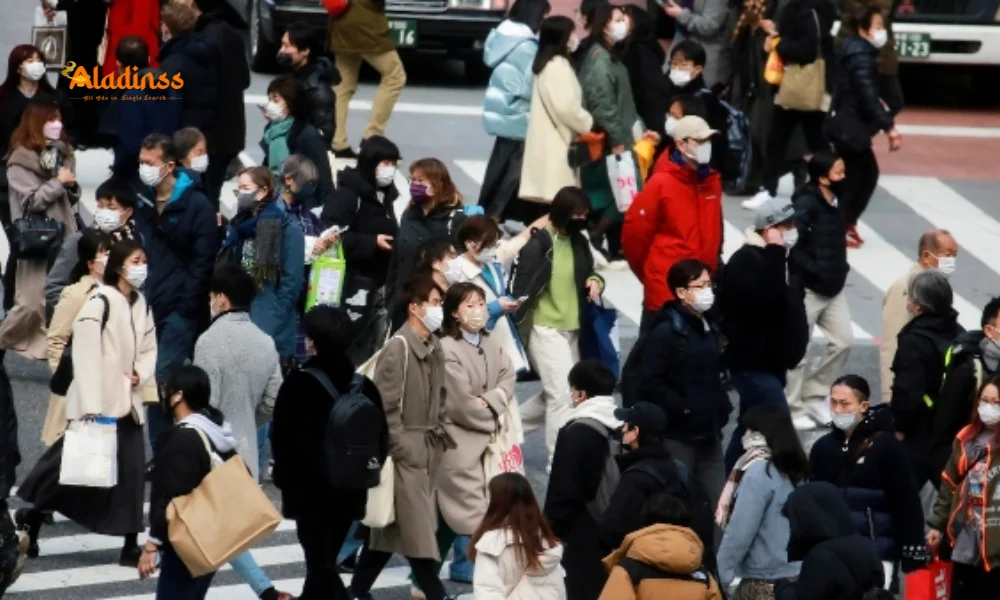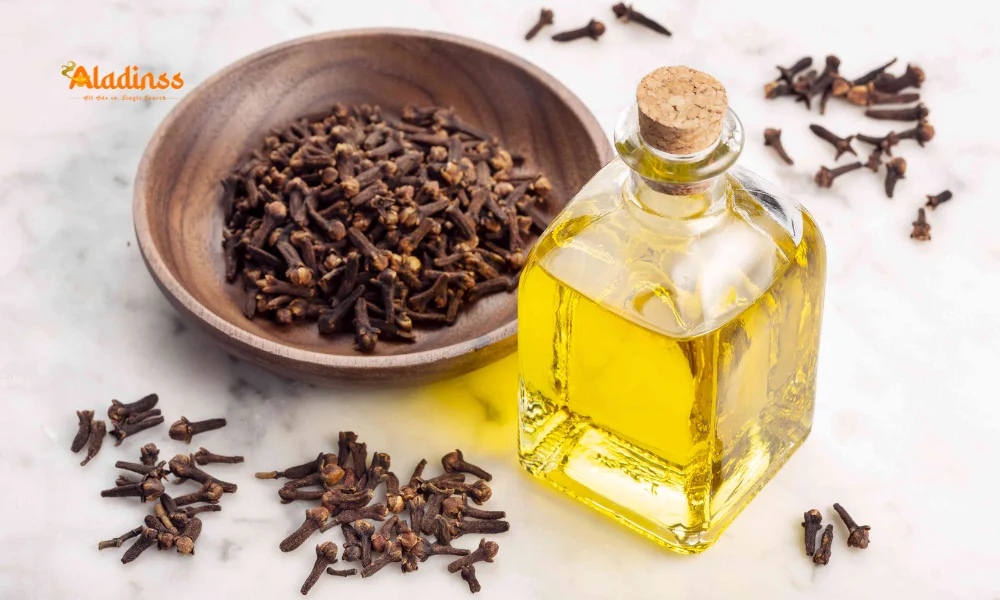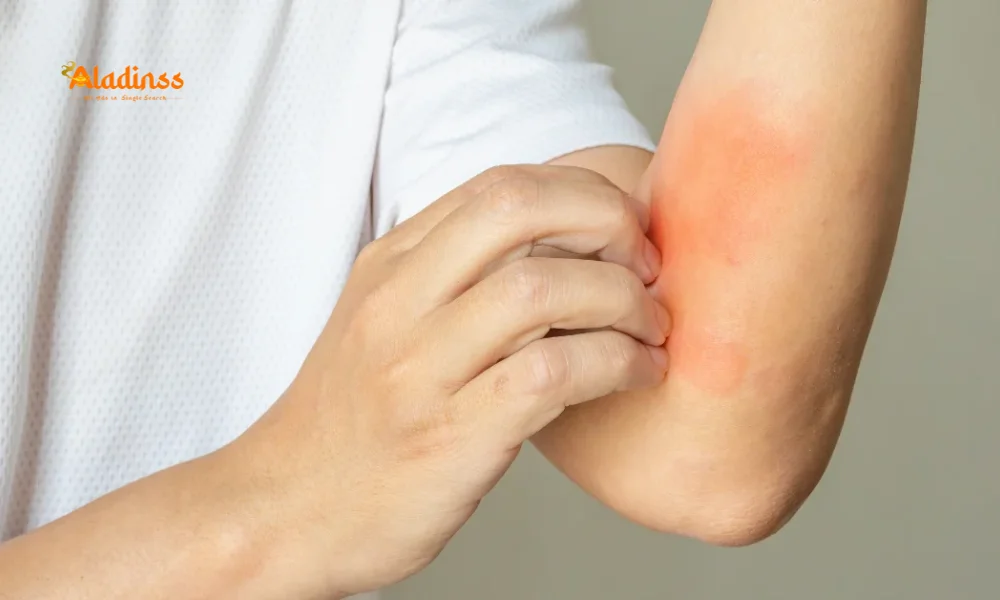No Bra Day 2025: Breast Cancer Awareness Guide

No Bra Day 2025: Unmasking the Real Story Behind Breast Cancer Awareness

No Bra Day 2025, observed on October 13, isn't just a cheeky call to ditch underwire-it's a powerful movement for breast cancer awareness. As women worldwide embrace comfort and conversation, the day spotlights early detection and education, countering myths with vital health facts. This annual event, rooted in empowerment, reminds us that proactive steps like self-exams can save lives amid rising breast cancer statistics. With global cases projected to hit 3 million annually by 2040, initiatives like No Bra Day play a crucial role in bridging awareness gaps.
The misconception that skipping bras prevents cancer persists, but experts clarify: no scientific link exists between bra-wearing and disease risk. Instead, the focus is on vigilance-regular checks and mammograms for those over 40. Gynecologists emphasize that early intervention boosts survival rates to over 90%, turning potential tragedies into triumphs. As social media floods with #NoBraDay posts, the conversation evolves from fashion to life-saving action.
Originating in Canada around 2011, No Bra Day quickly spread globally, aligning with Breast Cancer Awareness Month. It's a call to action: examine, educate, and empathize. For survivors and at-risk women, it's a symbol of solidarity, fostering open dialogues on body positivity and health equity.
Also Read: Japan Flu Outbreak 2025: Early Surge & Alert
The Core Purpose of No Bra Day: Sparking Breast Cancer Conversations
At its heart, no bra day breast cancer awareness aims to shatter silence around a disease affecting one in eight women lifetime. By encouraging braless outings or purple attire, it draws eyes to the cause, prompting discussions on symptoms and screenings. Health organizations like the American Cancer Society leverage the day to amplify messages: early detection via self-exams or imaging slashes mortality by up to 30%. This isn't about rebellion against lingerie; it's a strategic nudge toward health literacy, especially in underserved communities where access lags.
In 2025, with digital amplification, the day reached millions via Instagram and TikTok, where users shared stories of resilience. Celebrities like Pink and Olivia Munn have championed similar causes, underscoring that awareness translates to action-donations to research surged 15% post-event last year. For young women in their 20s, it's an entry point to lifelong habits, demystifying a topic often taboo.
Beyond pink ribbons, No Bra Day promotes inclusivity, addressing disparities: Black women face 40% higher mortality rates due to later diagnoses. By normalizing talks on lumps or discharges, it empowers marginalized voices, fostering a global network of support.
Mastering Breast Self-Exams: Step-by-Step Tips for Early Detection
A cornerstone of breast cancer self exam is monthly checks, ideally post-menstruation when breasts are less tender. Start in the shower: soapy hands glide easily over skin, feeling for irregularities. Lie down next, pillow under the shoulder, to flatten tissue for thorough palpation. Experts recommend the clock method-imagining your breast as a dial, systematically covering quadrants.
Visual cues matter too: stand before a mirror, arms at sides then overhead, noting asymmetry or puckering. Nipple inversion or scaling? Flag it. For those with implants or post-surgery, adapt techniques-focus on accessible areas. Remember, 20% of tumors are self-detected, underscoring the exam's value.
- Use the pads of three middle fingers in small circles: light for surface, medium for mid-layer, firm for deep tissue.
- Cover from collarbone to below the breast, including armpits for lymph nodes.
- Examine both breasts and note cycle-related changes-benign fluctuations versus persistent ones.
- If family history looms, consult for genetic testing like BRCA1/2.
Teens can begin awareness practices, building confidence. Apps like "Breast Cancer Now" guide novices with timers and reminders, making routines seamless.
Busting the Myth: Bras and Breast Cancer Risk Explained
Does going braless ward off cancer? Science says no-decades of studies, including a 2014 Singapore cohort, found zero correlation between bra tightness and incidence. The rumor stems from misinformation, but No Bra Day reframes it: comfort symbolizes freedom from fear, not causation. Factors like genetics, hormones, and lifestyle drive risk, not lingerie choices.
Tight bras might cause minor discomfort, but claims of toxin buildup or circulation blocks lack evidence. Focus instead on balanced living: limit alcohol, exercise regularly, maintain healthy weight. For high-risk groups-dense breasts or prior biopsies-supplemental ultrasounds complement mammograms.
This debunking empowers women to prioritize facts over fads, ensuring awareness drives real change.
A Brief History: From Canada to Worldwide Phenomenon
No Bra Day traces to 2011 in Canada, sparked by a Facebook campaign for breast cancer awareness month. An anonymous advocate envisioned braless solidarity to spotlight self-exams, quickly viraling beyond borders. By 2013, it formalized on October 13, syncing with global observances.
Evolution included body positivity waves post-#MeToo, blending health with self-love. In 2025, virtual events via Zoom webinars reached remote areas, while street marches in Toronto and London amplified voices. Nonprofits like Susan G. Komen integrated it, raising funds for research.
Critics note commercialization-pink merchandise often profits corporations over causes-but grassroots efforts persist, proving its enduring spark.
2025 Breast Cancer Stats: Why Awareness Matters Now
In 2025, U.S. projections show 316,950 invasive cases in women, plus 59,080 DCIS, with 2,800 in men-highlighting unisex vigilance. Globally, WHO estimates 2.3 million diagnoses yearly, with low-resource nations hit hardest. Survival hovers at 90% for localized stages, plummeting to 30% if metastatic.
Risk escalates post-50, but 20% strike under 45. Family history doubles odds; obesity adds 20%. Yet, awareness lags: only 60% of eligible women screen annually.
- African American women: 28% higher incidence, 41% mortality.
- Asian/Pacific Islanders: Rising 2% yearly.
- Men: Under 1%, but often later-diagnosed.
No Bra Day counters this with targeted outreach, urging annual mammograms from 40 and biennials from 25 for high-risk.
Prevention Strategies: Beyond Awareness to Action
Empowerment extends to lifestyle: breastfeeding reduces risk 4-5%, per studies. Limit HRT post-menopause; quit smoking. Diets rich in fruits, veggies, and whole grains shield against 10-20% cases.
Community programs offer free screenings, vital for uninsured. Tech aids like AI mammogram readers boost accuracy 11%. For 2025, hybrid events blend virtual and in-person, ensuring accessibility.
Ultimately, No Bra Day 2025 reinforces: knowledge is armor. By weaving awareness into daily rhythms, we inch toward eradication, one conversation at a time. Commit today-examine, advocate, endure.
Comment / Reply From
No comments yet. Be the first to comment!






